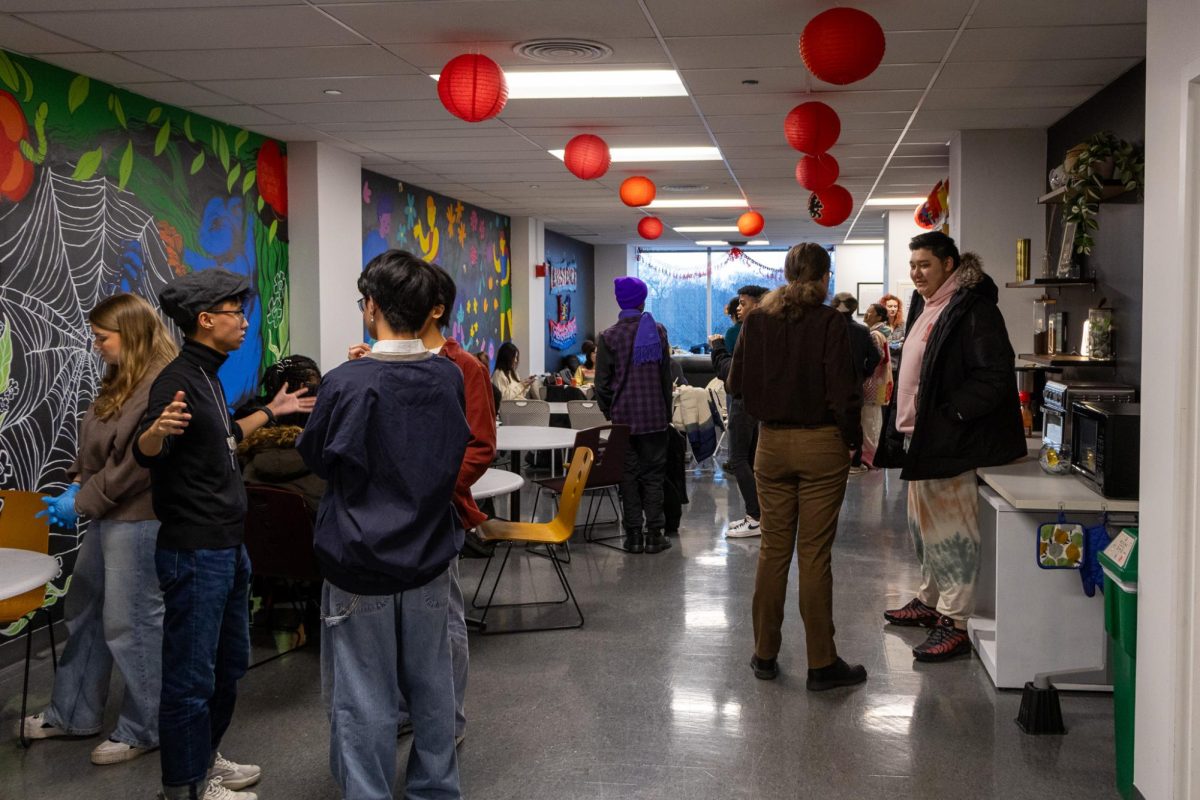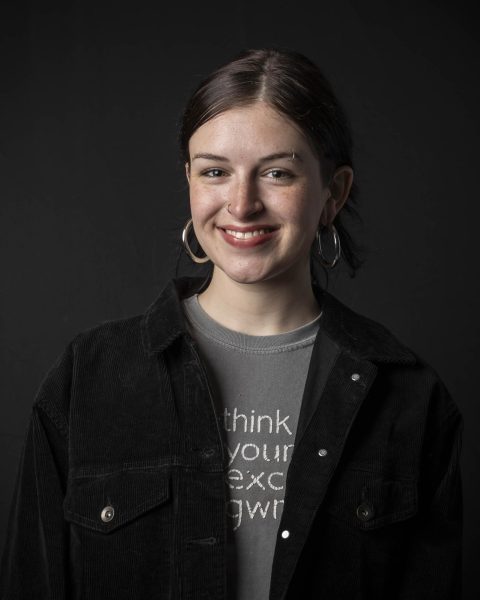
With just a day left before fall semester ends, hundreds of students remain waitlisted for spring courses, uncertain when or if they will get seats for classes that some need for their majors.
Although several departments have emailed students telling them to be patient because of the ongoing part-time faculty strike, students told the Chronicle that being waitlisted has been an additional worry during an already stressful semester marked by the strike.
Nathan Anderson, a junior film and television major, said he is waitlisted for a props course he wants to take. It is not a requirement for his major, but he is still stressed.
“In the film department, a lot of the electives for the production design people, that’s kind of where we get the bulk of our education when it comes to production design,” he said. “Not a lot of the required courses relate to our department stuff, so it’s stressing me out that I haven’t taken that class yet and that I really want to and that I’m on the waitlist for it.”
The course, “Props Design and Fabrication for Cinema and Television,” has a course cap of 10, and two students are on the waitlist.
Other courses in the Cinema and Television Arts Department have bigger waitlists. Each of the six sections of “Lighting I” has a waitlist, with a range of three to 10 students on them.
Nearly all of the humanities courses have waitlists. Two sections of “Queer Studies” are both full, and both have waitlists, with 11 students wanting to take the class. Two sections of “Film and Society” are also full, with 17 students on waitlists.
A second section of Assistant Professor Melissa Gamble’s “Trendspotting” course in the Fashion Studies Department, has 19 students on the waitlist. Three sections for the course, with 30 seats each, are already full.
Meanwhile, “Future of Retail and Shopping,” which has a course cap of 60, has 35 students enrolled.
A number of Photography Department courses also have waitlists, including a section of “Principles of Light II” taught by Columbia Faculty Union President Diana Vallera. Vallera is listed as the instructor for two courses in the spring semester. Both are capped at 14 students. One has 10 enrolled.
The union has been on strike for seven weeks now over decisions the college made to cut courses and increase some class sizes. At the start of the strike there were 584 part-time instructors in the union who make up the majority of the faculty at the college.
Since Thanksgiving break, some of the college’s 221 full-time faculty and others have replaced striking part-time faculty to help students finish the semester.
But lots of uncertainty remains ahead of the spring semester.
Senior Associate Provost Nate Bakkum said there isn’t a direct correlation between spring waitlists and the ongoing labor dispute.
“The spring schedule is available for registration according to normal procedures, including the new waitlist feature,” Bakkum told the Chronicle in an email. “As students adjust their schedules for spring, waitlisted students will be notified of open seats. Some sections will be added, as they are every semester, based on student needs.”
Bakkum said the waitlist feature has provided departments with valuable information about where student demand is strongest.
He added that the college is working “very diligently to reach agreement with the union and ensure a fully staffed and uninterrupted spring semester for our students.”
Registrar Ruben Picazo implemented the waitlist system to help manage the registration process, the Chronicle previously reported.
Picazo did not respond to an email about how many students are on the waitlist for spring by the time of publication.
When a section fills, all students have the option of being added to the waitlist. They are emailed if a spot opens up, but they have to respond quick enough to grab the open seat.
Craig Sigele, the academic manager for the Communication Department, said the “first-come, first-served” system doesn’t prioritize students who may need a class urgently because they are graduating.
“The waitlist system generally functions effectively for students and departments,” he told the Chronicle. “However, it should prioritize students requiring certain classes to graduate. Departments need tools to manage waitlists more effectively to accommodate these priorities.
Because the system is new – it was implemented just this academic year – Sigele said he expects the registrar’s office “to evaluate its effectiveness and introduce enhancements to better meet student needs.”
Noah Goodland, a junior in the contemporary, jazz and popular music program, was previously on the waitlist for “Literature, Culture, and Power.”
“It was actually opened up when I looked yesterday, and I was able to take the open seat,” Goodland said. “It stressed me out a decent amount because it was one class that fit within the rest of my schedule with all the other classes I have to take for my major and gen-eds. It was stressful seeing that I possibly wouldn’t be able to take it and that it would have to be pushed to another semester in the future.”
Martin Ruiz, a junior graphic design major, has been waitlisted for the “packaging design course,” which is required for his major.
“I’m not too stressed right now because I’m junior so I know I can take it next year but I am nervous that this might happen again next year where I’m waitlisted,” Ruiz said. “I’m good now, but it is just a little more difficult to kind of have to plan my schedule [for] next year, next semester. I kind of have to play chess with what I need and what I don’t need.”
Additional reporting by Olivia Cohen.









